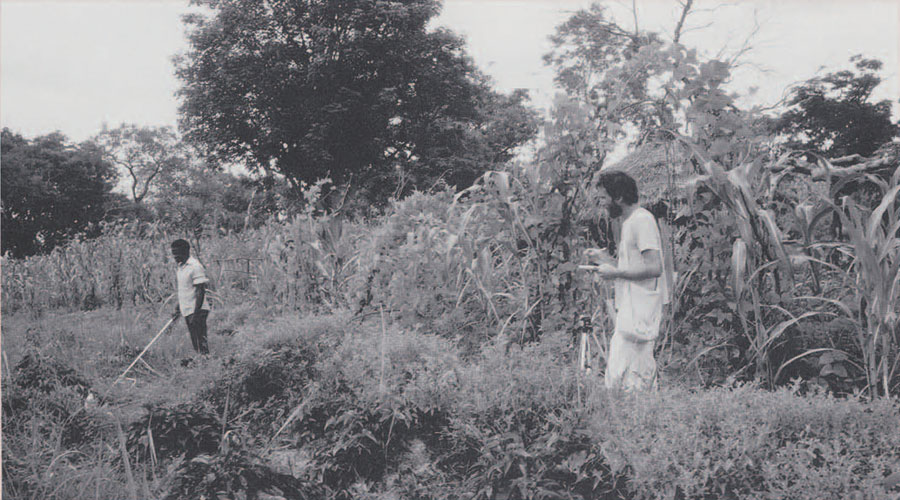In the traditional academic division of labor, ethnographers study the present, archaeologists study the past. Both aim to understand and explain human culture and society. Unlike ethnographers, however, archaeologists work with a very partial kind of evidence: the fragmentary material remains of past human behavior recorded on excavation or survey. As a way of compensating for the “missing evidence” in the record, comparisons with living or historically known societies have long been part of archaeological reasoning.

Ethnoarchaeology is the name given to the study of the present in order to answer questions about the past. It most simply refers to ethnographic fieldwork by archaeologists, and has become a proper subdiscipline of anthropology. These last twenty years have seen a revival of interest in this kind of research, accompanied by a self-conscious concern with the appropriate use of ethnographic analogy and a serious consideration of how we can come to know the past.
What then can the present tell us about the past? The authors in this special issue of Expedition address this question in six different ways in as many places. Their topics range from ceramics among the Kalinga in the Philippines to ceremonial centers among the Chachi of Ecuador, settlement patterns among the Kofyar of Nigeria, architectural change in Iranian villages, domestic spaces among the Zuni in New Mexico, and hunting practices among the Nunamiut of Alaska. But no matter what their particular research problem or locale, each is committed to the premise that ethnographic observation among living peoples has an essential role to play in reconstructing and explaining the past.
These examples were chosen for their broad geographical and topical coverage. They are nevertheless only a small sample of the many sorts of ethnoarchaeology being carried out today throughout the world. The applications are as varied as the problems addressed. While Ethnoarchaeology may not be new, it now wears contemporary garb, reflecting current concerns in archaeological research.
Our Issue Editors, Carol Kramer and William Longacre, are well known teachers and practitioners of ethnoarchaeology. Both are anthropologically trained archaeologists who are in the midst of publishing major ethnoarchaeological studies, Kramer on ceramic distribution systems in two cities of Rajasthan, India, and Longacre on ceramic activities in the rural Philippines (see p. 4). Kramer has also written a book on her research in Iran titled Village Ethnoarchaeology: Rural Iran in Archaeological Perspective (Academic Press); Longacre’s edited volume on Ceramic Ethnoarchaealogy (University of Arizona Press) has just appeared. Both teach at the University of Arizona, where Longacre is currently Chair of the Department of Anthropology.
—L.H.
